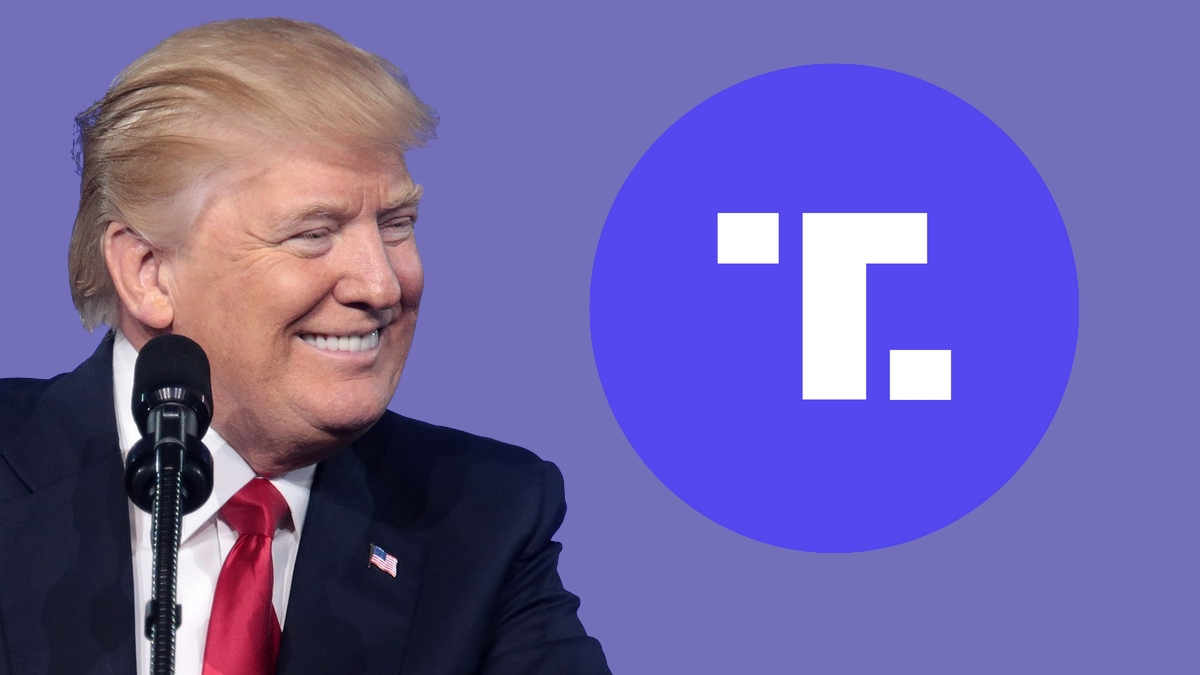
Advertisement
Donald Trump envisioned Truth Social as a revolutionary platform, a space where he could express his grievances without facing consequences. Despite its current lack of relevance, the potential for change looms once it becomes publicly available.
In the aftermath of the 2021 United States Capitol attack, Trump found himself banned from major social media platforms like Facebook and Twitter (formerly known as X). Frustrated by his inability to leverage his fame to incite actions, Trump embarked on the ambitious project of creating his own social media platform. Here, he envisioned a realm where members could engage in bullying and controversy without restraint, sidestepping legal and ethical norms. However, the realization of this vision proved far more complex and time-consuming than anticipated, with Truth Social taking nearly a year to materialize.
Since its inception, Truth Social has grappled with financial woes. However, a potential lifeline emerged as Trump Media & Technology Group (TMTG), the parent company of Truth Social, is on the verge of being acquired by Digital World Acquisition Corp. (DWAC), a publicly traded shell company.
Launched on February 21, 2022, Truth Social initially promised to prioritize free speech and safeguard users from persecution. However, it soon encountered various obstacles, including financial struggles and regulatory hurdles, hindering its ability to rival established social media platforms.
Trump’s interpretation of free speech led to a legal disclaimer where Truth Social absolved itself of responsibility for users’ actions, resulting in its exclusion from major app stores. Despite implementing moderation measures to comply with platform policies, Truth Social’s growth remained stunted.
Moreover, the platform faced accusations of censorship, with posts on sensitive topics mysteriously disappearing. The platform’s credibility suffered further when President Joe Biden’s reelection campaign account surpassed Trump’s in followers, highlighting Truth Social’s more comedic than substantive usage.
The platform’s association with conspiracy theories and hate speech deterred advertisers, leading to significant financial losses. Trump’s attempts to salvage the venture included seeking a merger with DWAC, a move crucial to preserving his investment.
Following DWAC’s approval of the merger, Trump stands to hold a substantial stake in the merged entity, with the potential to sell off shares amidst volatile stock prices. While the merger offers a glimmer of hope, Truth Social’s future remains uncertain, plagued by financial instability and a tarnished reputation.
Despite the bleak outlook, Trump may yet find a way to capitalize on his venture’s failure, leveraging his shares to mitigate the financial repercussions of ongoing legal battles. Thus, while Truth Social’s prospects appear dim, Trump may still emerge from the debacle with a measure of financial gain.
